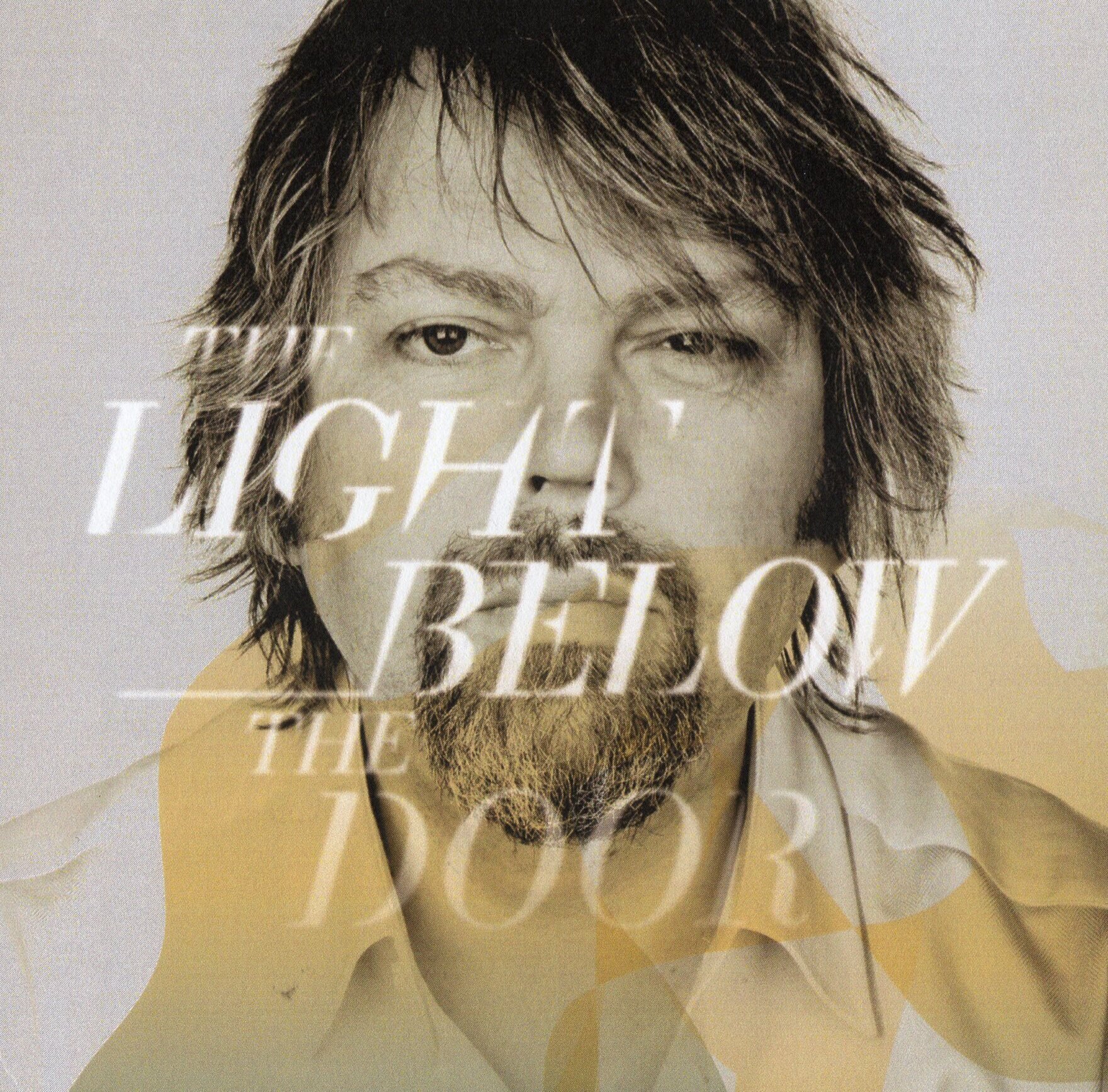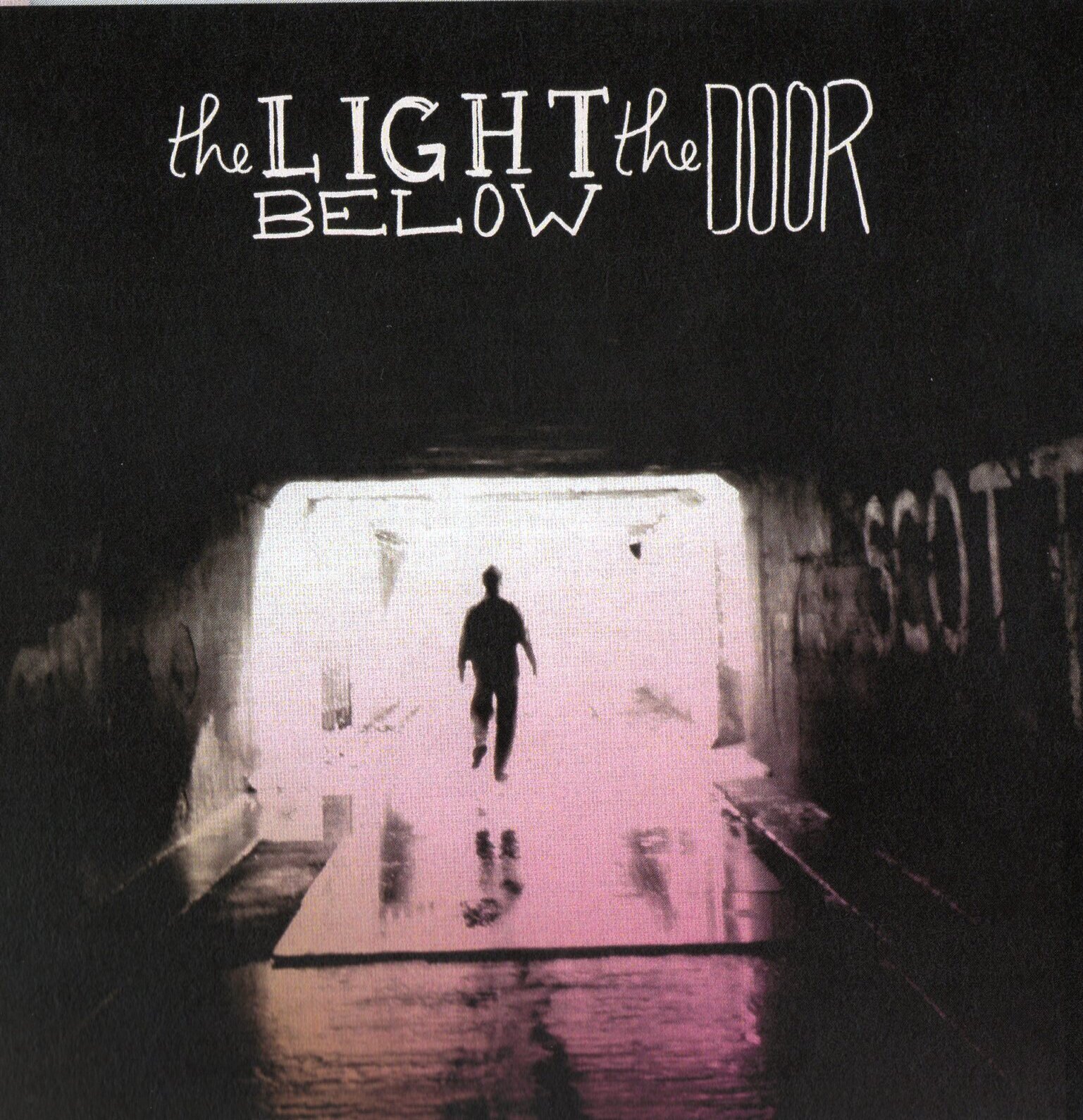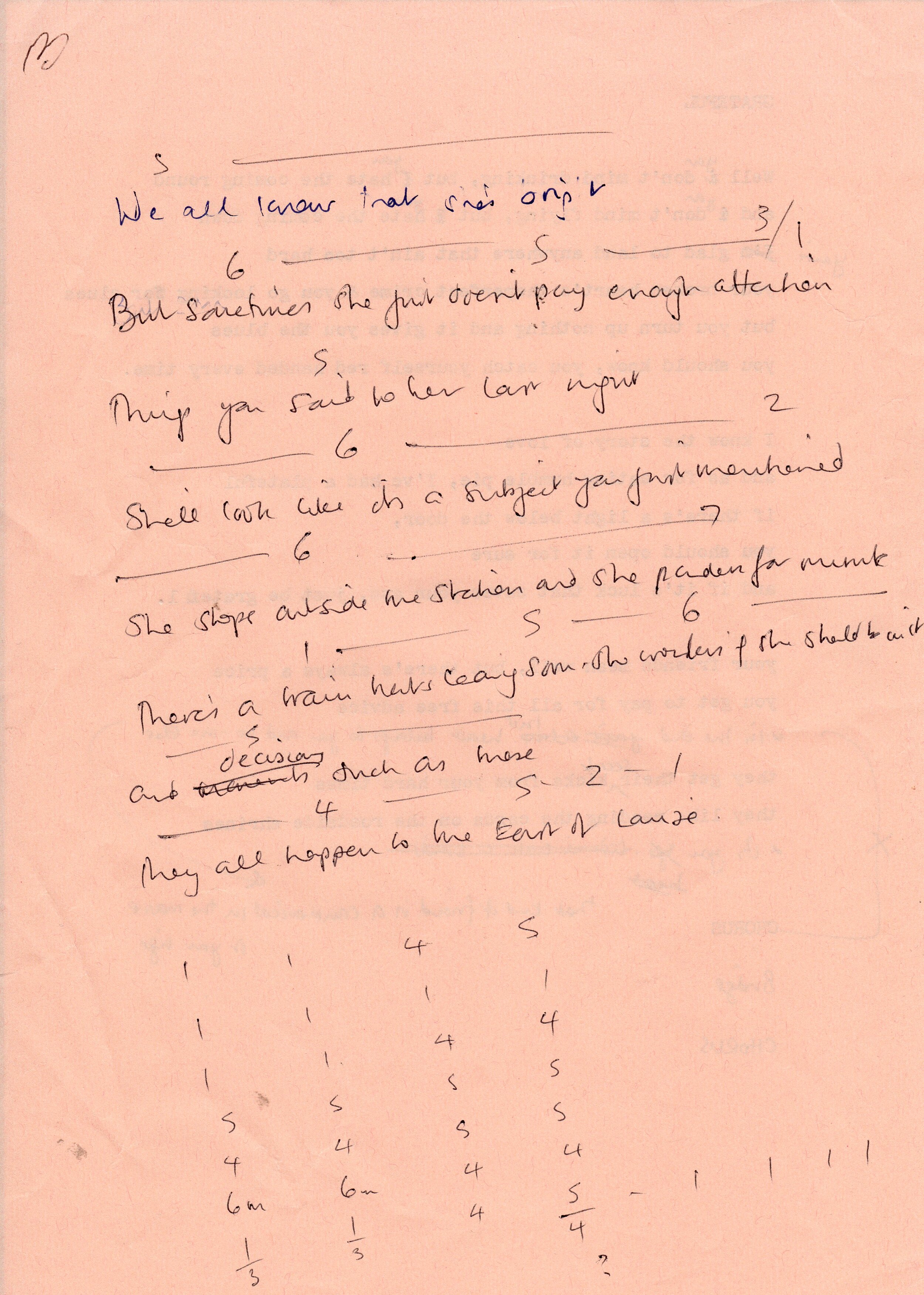An extended blog post to mark the addition of Anthony’s fourth album A Light Below the Door to his Bandcamp catalogue.
Looking back at A Light Below the Door now from a decade away, it feels like a collection with its inspiration in three places – my roots on the north coast of Northern Ireland, Belfast - and Nashville.
Songs like ‘Way Too Dark’, ‘The Great Escape’ and ‘Still Unsigned’ are all inspired by my younger days growing up in Coleraine and going to gigs in Portstewart and Portrush.
During the time I was writing these songs and recording them, Andrea and I had just moved to Belfast, and we were living in a sweet little three-up-two-down in Hillfoot Street in Sydenham (about two hundred yards from where I sit typing this now), and we were just in love with the idea that we could jump on our bikes and go to St. George’s Market on a Saturday morning. So Belfast is also a major factor in the writing - songs like ‘All of the Above’, ‘East of Louise’ and ‘You’re the One’ are reflections on the excitement and the newness of that adventure.
Elsewhere, it was a year of being in and out of love with the Nashville dream… I think I was still in thrall to the idea that I could actually make a dent in the music business through some fancy footwork in Tennessee. The album actually starts at one end of that dream, and comes out the other – I distinctly remember going with enthusiasm to Nashville for meetings and co-writes in January that year, with copies of the early mix of ‘Grateful’ in my bag, thinking it would be a perfect song for Music City.
And yet, the last track on the album, ‘Nashville Snowflake’, is the work of a man already disillusioned by the city - and ready to come home (I’ve written about this before). I had an awful trip to Nashville that January, where my appointments got cancelled at the last minute, my guitar got lost in transit (it thankfully showed up), I got the chance to play the famous Bluebird (but on the night when almost anyone with a pulse could get a one-song slot). And it snowed in Tennessee, so nobody came out to any of the open mic slots I had managed to secure. And it cost a LOT of money. I got on the plane back to Belfast, just determined to go home - and make music THERE.
(I recorded some film on the Nashville trip, including the snow coming down outside the hotel, some of the empty places I was supposed to play, and some TV evangelism I discovered on the TV while channel-hopping one night, and put together this video for ‘Nashville Snowflake’…)
The physical album of A Light Below the Door is now sold out as a physical entity, but I have about five copies left for my own personal collection. Looking at the packaging, it feels like I was attempting to show again that I wanted to be taken seriously – I spent a lot of money on the design, and then I got out on the road, in what is a now-familiar pattern, and played everywhere I could get a gig, and sold as many copies as I could.
(speaking of the design, I had a sequence of pictures from Ken Haddock, studio portraits, and I supplied a selection of those to the designer at Frank, who came up with a selection of suggestions for the cover art – the beautiful fractured lettering and the ‘broken mirror’ design were both their idea – I’ve put a little slide show of them up here (below). Including a close-up of me that could have put potential buyers off at a distance of twenty yards)
In the studio, this was the first album to feature the mighty John McCullough on piano, who has since become such a friend and collaborator over the years. His approach just seemed to suit the material, and there are moments on this collection that still stand out as favourites. This was also the first time that Ronnie Greer played on any of my material – I remember he came up to Clive’s studio with a Telecaster and a Fender Champ, plugged in, listened to ‘Way Too Dark’ a couple of times and played the solo that would end up being the final take. He was back on the road home in about 40 minutes.
Eilidh Patterson provided some glorious harmonies on ‘Grateful’, ‘Finally’ and ‘Walking Down the Line’, and Linley Hamilton and Dave Howell played trumpet and saxophone on three of the songs. Linley played a wonderful solo on the end of ‘Finally’. The idea was that the track would fade with the solo, and he played right to the end of the performance, and stopped. Clive stopped the recording and turned to me: ‘That’s SO good, you know there’s no way you can fade ANY of that, right…?’ And I agreed whole-heartedly – which is why that song remains five and a half minutes long. Apart from Ronnie’s solo, I played all the guitars (the first time there was no other guitarist on the project), Clive played bass, Paul ‘Hammy’ Hamilton was on drums and percussion.
Early draft of ‘East of Louise’, with a rough melody line above the lyrics
I wrote a series of blog posts – one for each of the songs on the album. If you’d like to read even more details about the stories behind the songs, click HERE to be taken to song number one, and scroll forward.
Looking back on it now, I have a real affection for this handful of songs. The album production sounds bright and snappy, and there are moments that still give me chills – Eilidh’s harmonies… John’s piano on ‘Grateful’, Ronnie’s slinky playing on ‘Way Too Dark’, and Linley’s trumpet solo.
But it also feels like this collection hovers between early optimism – getting established as a working artist in my own right, moving to the city, travelling back and forth to Nashville, making new connections – and the emotional juggernaut that was to come as my parents started to decline. The albums after this, Sing Under the Bridges and Miles & Weather, were to contain the first songs that examined that impending sense of loss. But that’s a whole other story.




